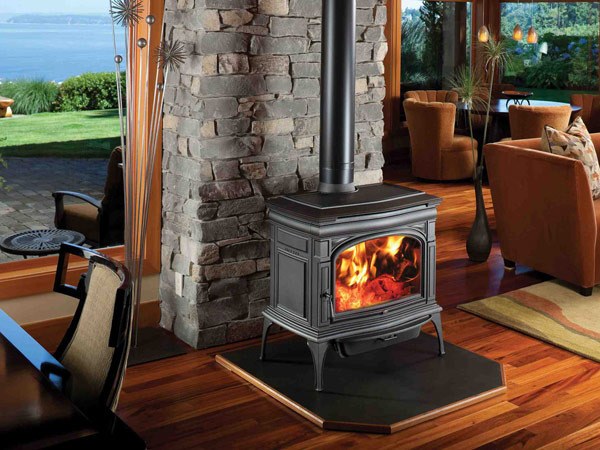Dear Editor,
Anyone remember the 1980s? All winter long, the newspapers were filled with home fire reports and articles about wood heating safety. Before Twilight, Forks was the Chimney Fire Capital of the World. Now, in the “twenty-teens,” we still have the fire reports, but no info about how to avoid the fires. Here are some recycled safety thoughts, adjusted by 30 years of experience:
1. Creosote is created by burning wet firewood. Pitch in firewood will do it, too.
2. Wood stoves are not for burning liquids. People who start indoor fires with auto fuel or BBQ starter usually start their home on fire.
3. Want to keep your stove burning all night? Stay up and put wood in it. DON’T cram it with wood, then shut off the air supply.
4. Chimney fires, accidental or “recreational,” usually don’t clean the chimney. They usually DO damage the chimney. They also frequently burn houses down.
5. Smoke from plugged chimneys kills people, often in their sleep. Another reason to let the fire go out at night, if you aren’t going to be awake.
6. Know who thinks up the fire and building codes? Insurance companies. Know how? They read claim reports. By the time something is required by code or by a stove manufacturer’s instructions, you can be sure it is really necessary.
7. Aside from fire hazards, we also have mold. Most years enough rain falls into open chimneys to fill them 10 feet deep. They really do need covers.
8. If you hear the terms LP (propane) and DIY (do-it-yourself) in the same sentence, RUN! As bad as DIY wood stove installs can be, the REALLY scary DIY’s are with propane. Nobody is perfect, but people who have licenses to work with propane are closer to perfect than people who don’t.
9. Summer is still the best time to get heating systems of all kinds serviced. If you need heat in fall, winter and spring, get it maintained, swept, fixed or whatever when you don’t have to use it.
Al Pelletier
Sekiu



